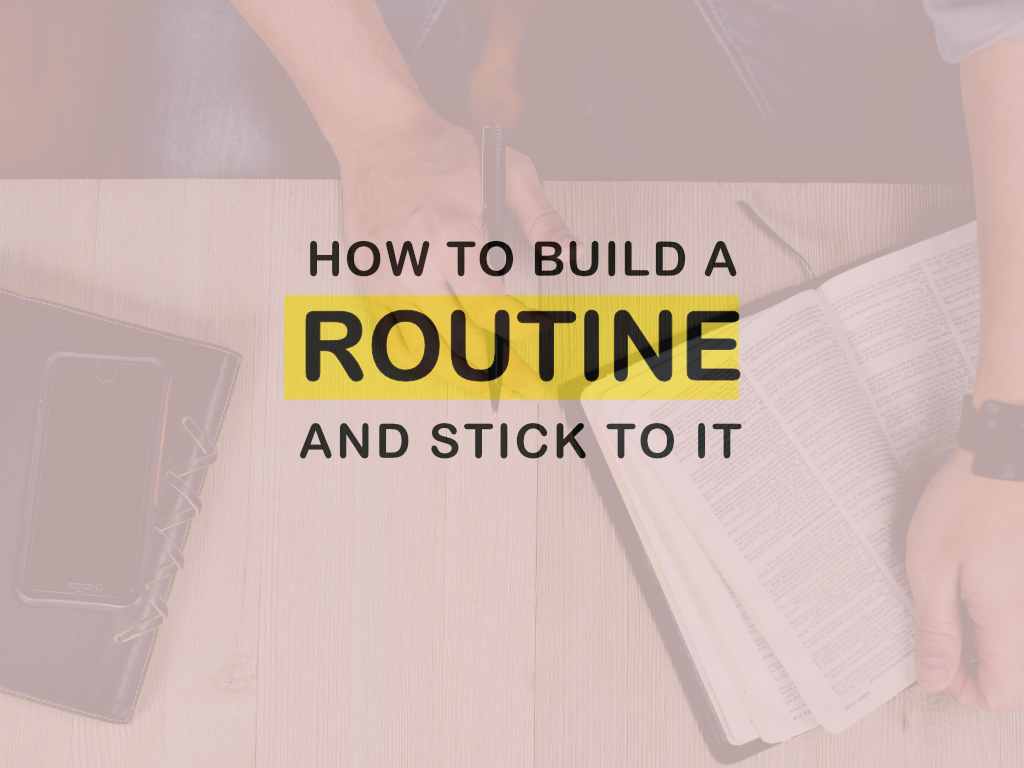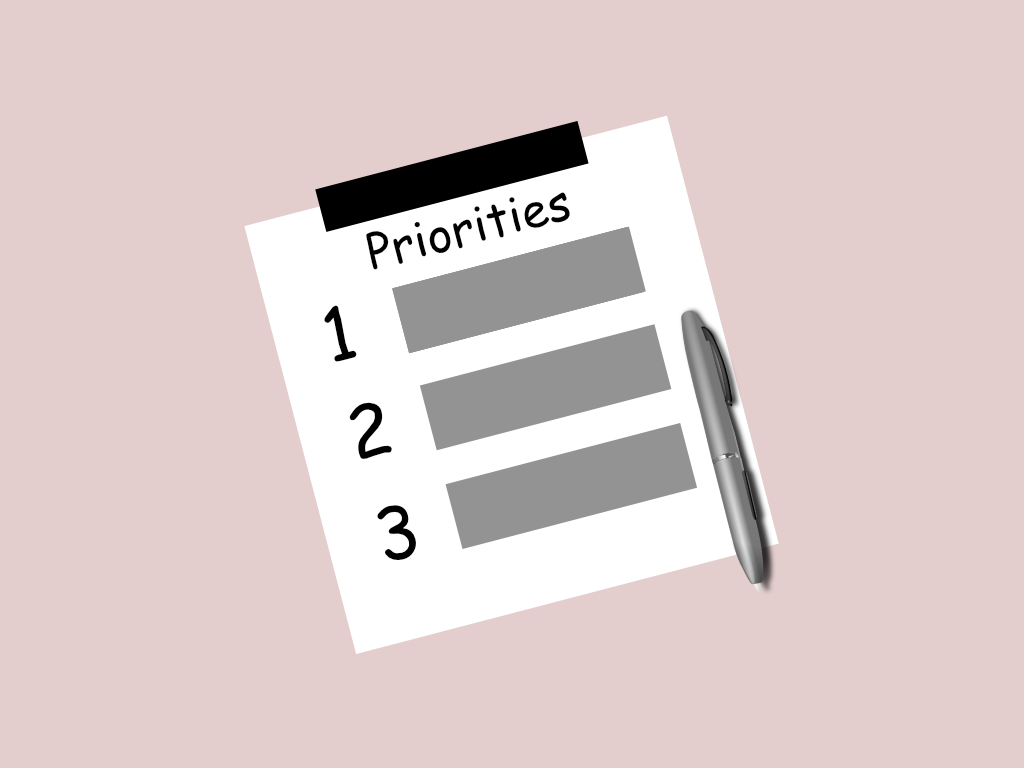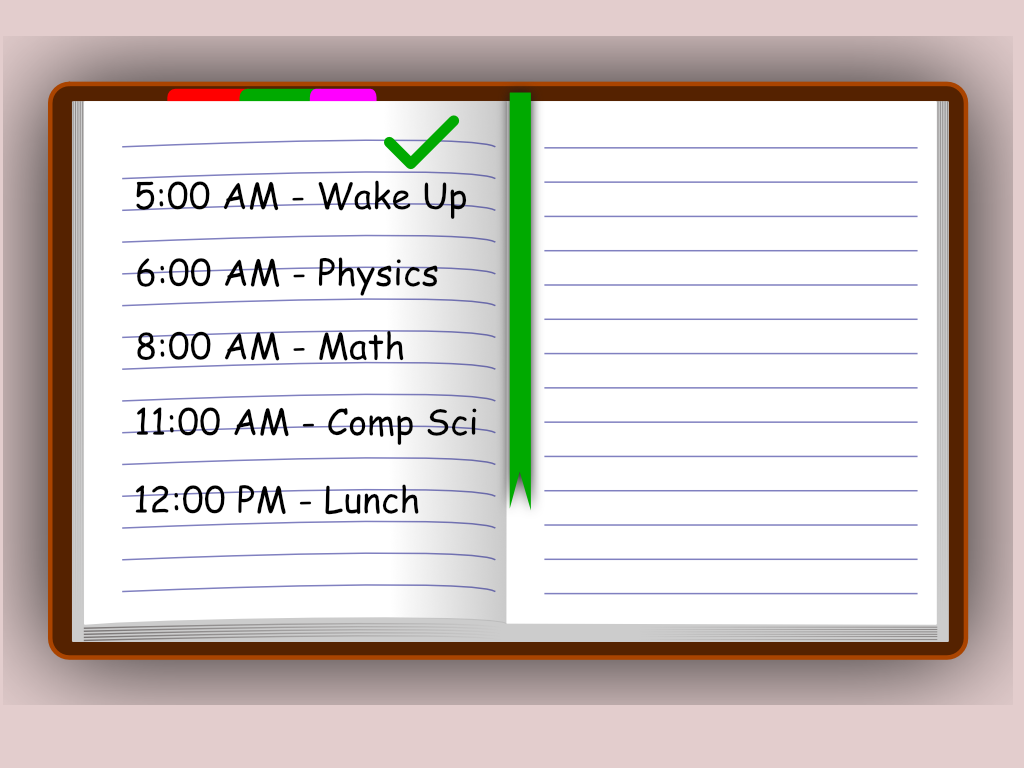How to build a routine and stick to it?
In a world filled with constant distractions and competing priorities, establishing a routine can be a game-changer. Whether you're striving for personal growth, professional success, or simply seeking balance in your life, the benefits of creating and sticking to a routine are undeniable. In this comprehensive guide, we'll explore the importance of routines, how they contribute to productivity and well-being, and practical tips for building a routine that works for you.

Understanding the Need for Routine
At its core, a routine is a set of habits, rituals, and behaviors that are performed consistently over time. While routines may seem mundane or restrictive to some, they serve as the foundation for achieving goals, maintaining discipline, and fostering a sense of stability in an otherwise chaotic world. Here are several reasons why creating a routine is essential:
Enhanced Productivity
Decision fatigue is a real phenomenon that occurs when the brain becomes overwhelmed by making too many decisions, leading to reduced mental energy and productivity. By implementing a routine, you can automate mundane tasks and reduce the number of decisions you need to make each day. For example, creating a morning routine that includes activities like making breakfast, checking emails, and planning your day ahead can free up mental bandwidth for more critical tasks later on.
Establishing a predictable schedule allows you to allocate specific time slots for different activities, thereby optimizing your workflow. For instance, setting aside dedicated blocks of time for focused work, meetings, and breaks can help you maintain momentum and avoid distractions throughout the day.
By minimizing procrastination and optimizing your workflow, routines enable you to accomplish tasks more efficiently. For example, scheduling regular breaks during periods of intense work can prevent burnout and maintain productivity levels over extended periods.

Improved Time Management
A well-designed routine ensures that each day is structured around meaningful activities and goals, thereby maximizing the efficient use of time. For instance, creating a weekly meal plan and grocery shopping list can save time and reduce stress associated with last-minute meal decisions.
With a clear plan in place, you're less likely to waste time on unproductive pursuits or succumb to distractions. For example, setting specific time limits for checking emails or browsing social media can prevent these activities from consuming valuable work hours.
Effective time management allows you to prioritize tasks based on their importance and urgency, ensuring that critical deadlines are met and important goals are achieved. For example, using techniques like the Eisenhower Matrix can help you categorize tasks into quadrants based on their urgency and importance, allowing you to focus on high-priority activities first.

Consistency Breeds Success
Success in any endeavor is often the result of consistent effort and discipline over time. By following a routine, you cultivate the habits and behaviors necessary for success in your personal and professional life. For example, establishing a daily writing routine can help aspiring writers hone their craft and make progress towards completing a novel.
Consistency allows you to build momentum and make steady progress towards your goals, even when faced with obstacles or setbacks. For example, committing to a regular exercise routine can lead to improvements in fitness and overall health over time, regardless of occasional missed workouts.
By maintaining consistency in your actions and behaviors, you develop a sense of self-discipline and accountability, which are essential traits for achieving long-term success. For example, adhering to a strict study schedule can help students excel academically and achieve their educational goals.

Reduced Stress and Anxiety
The predictability of a routine can provide a sense of stability and control in an otherwise unpredictable world, thereby reducing stress and anxiety. For example, knowing that you have set aside time for relaxation and self-care activities can help alleviate stress and promote emotional well-being.
Having a plan in place can help you anticipate and prepare for challenges, reducing the fear of the unknown and increasing confidence in your ability to cope with adversity. For example, maintaining a regular sleep schedule can improve sleep quality and reduce insomnia-related stress.
Routines can serve as a form of self-care by providing opportunities for rest, relaxation, and rejuvenation. For example, incorporating mindfulness practices like meditation or yoga into your daily routine can help reduce stress levels and promote mental clarity.
Health and Well-being
Routines play a crucial role in promoting health and well-being by facilitating self-care practices such as exercise, meditation, and adequate sleep. For example, establishing a consistent workout routine can improve physical fitness, reduce the risk of chronic diseases, and enhance overall quality of life.
By incorporating healthy habits into your daily routine, you can boost energy levels, improve mood, and enhance cognitive function. For example, eating a balanced diet and staying hydrated can help maintain optimal physical and mental health.
Routines provide structure and discipline, making it easier to stick to healthy habits and avoid unhealthy behaviors. For example, setting a regular bedtime and wake-up time can regulate your body's internal clock, leading to better sleep quality and overall well-being.
Building a Successful Routine
While the benefits of routines are clear, building and maintaining a routine that works for you can be challenging. Here are some tips for creating a successful routine:
Identify Your Priorities
Take the time to reflect on your values, aspirations, and long-term objectives across various aspects of your life. For instance, consider whether career advancement, physical fitness, personal relationships, or self-improvement holds the highest importance to you.
Once you've identified your priorities, allocate time and resources accordingly in your routine. For example, if maintaining a healthy work-life balance is a priority, schedule regular breaks and dedicate specific time slots for family or leisure activities.

Establish a Schedule
Design a structured schedule that outlines your daily or weekly activities in a clear and organized manner. Determine the most suitable time slots for essential tasks based on your energy levels, commitments, and preferences.
Strive for balance and avoid overcommitting yourself by realistically estimating the time needed for each activity. Be mindful of not overcrowding your schedule, leaving room for flexibility and spontaneity.

Create Rituals and Habits
Incorporate rituals and habits into your routine to automate recurring tasks and streamline your daily activities. For example, establish a morning routine that includes activities like meditation, exercise, or journaling to set a positive tone for the day ahead.
Cultivate habits that align with your goals and priorities, such as reading before bed, practicing gratitude, or engaging in creative pursuits. Consistently practicing these habits reinforces positive behaviors and contributes to your overall well-being.
Stay Flexible
While routines provide structure and stability, it's essential to remain adaptable and open to change. Life is dynamic, and unexpected events or opportunities may require adjustments to your routine.
Embrace flexibility by building in buffers or contingency plans to accommodate unforeseen circumstances. Learn to pivot gracefully when necessary and make modifications to your routine without feeling overwhelmed or discouraged.
Track Your Progress
Use tracking tools such as habit trackers, journals, or mobile apps to monitor your adherence to your routine and evaluate your progress over time. Keep track of both successes and setbacks, noting any patterns or trends that emerge.
Regularly review your routine to assess its effectiveness and identify areas for improvement. Celebrate small victories and milestones along the way, recognizing the effort and dedication you've invested in building positive habits.

Practice Self-Compassion
Be gentle with yourself and acknowledge that building a routine is a gradual process that requires patience and persistence. Embrace imperfection and recognize that setbacks are a natural part of personal growth and development.
Practice self-compassion by treating yourself with kindness and understanding, especially during challenging times or when facing obstacles. Avoid harsh self-criticism and instead focus on learning from setbacks and moving forward with resilience and determination.
The Importance of Consistency
Consistency is the cornerstone of any successful routine. It's not enough to create a routine; you must also commit to following it consistently over time. By embracing the power of consistency, you can cultivate positive habits, achieve your goals, and unlock your full potential.
In a world filled with uncertainty and complexity, routines provide a sense of structure, stability, and purpose. Whether you're striving for personal growth, professional success, or simply seeking balance in your life, the benefits of creating and following a routine are undeniable. By identifying your priorities, establishing a schedule, and embracing consistency, you can build a routine that supports your goals, enhances your well-being, and leads to lasting success. So why wait? Start building your routine today and take control of your destiny.
Thanks a lot for reading this article. If you like this post, please subscribe to our newsletter to get your weekly dose of financial advice straight into your inbox. Follow us on Twitter for regular updates!
2 Comments
Jordan Singer
2d2 replies
Santiago Roberts
4d